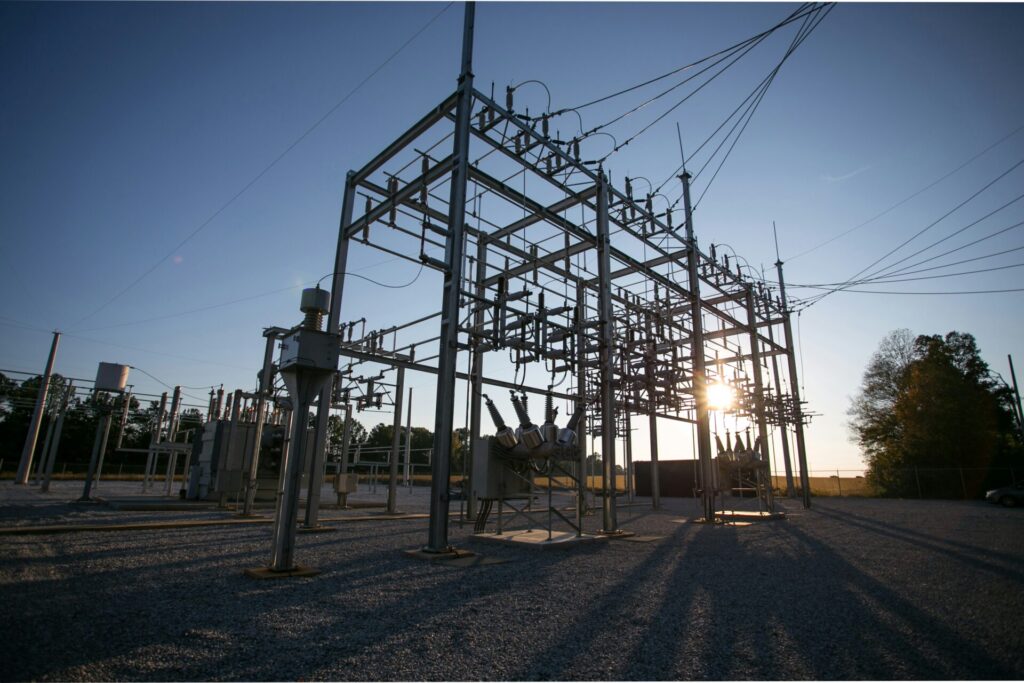Digital transformation in the infrastructure sector isn’t failing because of a lack of automation. It’s failing because we’re accelerating bad data.
At Transcend, we’ve seen firsthand how disconnected tools, manual handoffs, and unstructured design processes can stall progress—especially in the early stages of water, wastewater, and power infrastructure planning. In a recent webinar, my colleague Imre Toth and I explored how we can unlock smarter, faster, and more sustainable infrastructure outcomes by transforming our relationship with design data.
Here’s a recap of the key takeaways.
The Problem: Speed Without Structure
Today, most design data lives in silos. Tools don’t talk to each other, and even when integrations exist, they’re fragmented and narrowly focused. The result?
• Up to 80% of engineering data is recreated project after project.
• 15–30% of engineering resources are wasted due to mismanaged data.
• 60% of design firms report backlogs they can’t staff.
Too often, automation is used to speed up the manual work we’ve always done—without rethinking how design data is structured and reused. That means we’re just moving broken data faster, creating rework and downstream risk.
The Root Cause: Unstructured Design Inputs
Faster manual work doesn’t equal better outcomes. It’s just moving bad data faster.
Many firms focus on accelerating what’s already broken. But if the foundational inputs to a project—your standards, rules, and data structures—aren’t standardized from the beginning, then no amount of automation downstream will deliver consistent or scalable results.
The reality: most firms don’t have time to stop and define standards mid-project. But without early structure, design automation becomes a liability instead of an asset.
The Solution: Structured Automation
We believe the future lies in structured automation—embedding logic, standards, and metadata from the very first stages of planning & design. This creates compound interest across the asset lifecycle.
When done right, structured automation means:
• Every design is smarter than the last
• Metadata flows seamlessly into BIM, O&M, and procurement systems
• Teams can reuse and trust early-stage outputs
• Junior engineers can onboard faster and contribute earlier
A Real-World Example
When you design a pump with Transcend, it doesn’t just “exist” in a vacuum. That pump carries metadata about:
• Its exact location in the system
• Its role in the process
• The physical space it occupies
• Flow characteristics
• Electrical load requirements
• And much more…
This information travels downstream, informing everything from construction drawings to asset management plans.
Why It Matters
Without structured data, collaboration fails. We’ve seen consortiums toss out early-stage design work and rework everything from the ground up—Excel files, PDFs, and even models—because they didn’t trust the upstream assumptions. The opportunity to unify across design stages is lost.
With structured data, every task— be it conceptual design, site layout, feasibility study, and every other phase of the lifecycle of an asset—becomes an opportunity to enrich your data ecosystem.
Final Thought: Build Intelligence, Not Just Velocity
If automation is speed, structured data is compound interest.
You don’t need to launch a data overhaul to get started. Instead, begin with tasks you already do—preliminary design, feasibility studies, early estimates—and do them in a way that builds structured, standards-based intelligence. The result?
Designs that move faster, scale smarter, and deliver better long-term outcomes.
Ready to rethink what design can mean in a data-driven world?
Book a free consultation now to learn more about how Transcend has helped utilities and engineers design over 20,000 infrastructure projects with better outcomes.





